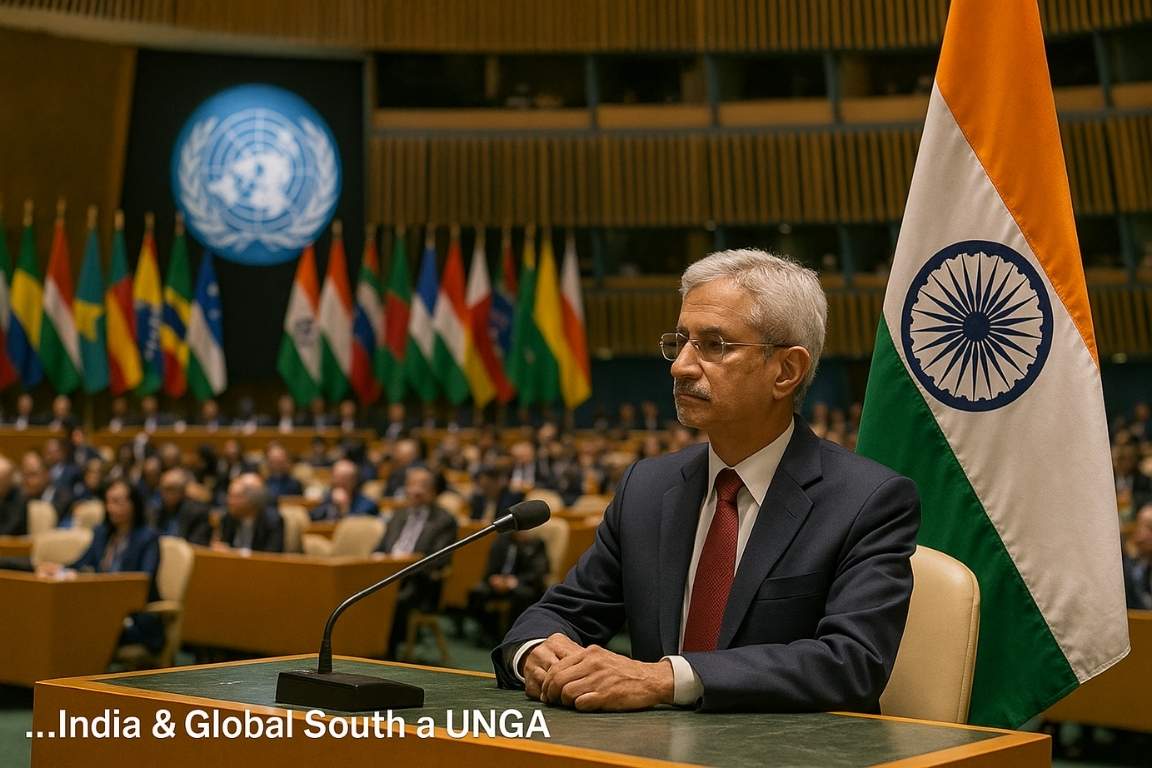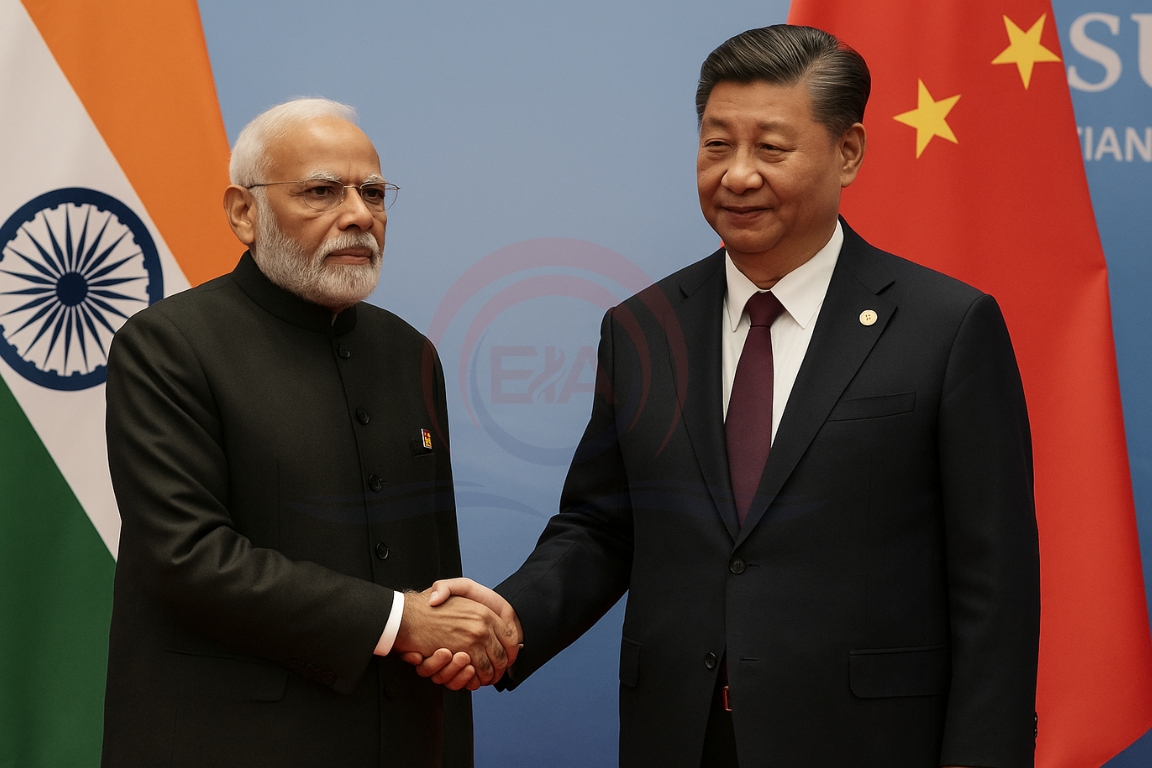China recently hosted a trilateral meeting with Pakistan and Bangladesh in Kunming to enhance cooperation. This move is part of China’s broader strategy to form regional groupings that challenge India’s strategic influence in South Asia.
Background of Regional Alignments
- The India-China war of 1962 laid the foundation for regional rivalries.
- Since then, Pakistan and China have developed strong military and economic ties to counterbalance India.
- Pakistan depends heavily on China for financial support, military hardware, and diplomatic backing.
Security and Military Dimensions
- China has supported Pakistan’s narrative on issues like the Pahalgam terror attack (April 2025), calling India’s response through Operation Sindoor “regrettable”.
- During Operation Sindoor, Pakistan deployed various Chinese weapons, including radars, drones, and fighter aircraft.
- China has often shielded Pakistan at international forums, including the UNSC, from being labelled as a state sponsor of terrorism.
China's New Trilateral Strategy
- China is pushing trilateral forums like China-Pakistan-Afghanistan and China-Pakistan-Bangladesh to:
- Increase its regional presence.
- Draw India’s neighbors away from its influence.
- Strengthen the China-Pakistan Economic Corridor (CPEC) by linking it to South Asian states.
India’s Strategic Response
- India has shown strong military responses to Pakistan’s terror activities (Uri 2016, Pulwama 2019, Pahalgam 2025).
- India’s diplomatic steps, like suspending the Indus Waters Treaty, restricting trade and port access, and targeting Pakistan’s military infrastructure, have weakened Pakistan’s standing.
- India has also actively engaged with regional governments, including Sri Lanka, Nepal, and the Maldives, to check Chinese influence.
Challenges with Bangladesh and Afghanistan
- Regime changes in Bangladesh and Afghanistan have tilted both countries closer to China-Pakistan.
- Pakistan is increasing its ties with Dhaka and Taliban-led Kabul through security and economic deals.
- This shift could lead to increased cross-border terrorism and reduced trust in India’s neighborhood.
Way Forward for India
- India must clearly assert its redlines and communicate the costs of antagonistic behaviour by neighbours.
- It must strengthen bilateral ties through economic aid, security pacts, and regional partnerships.
- India needs to stay focused on long-term strategic goals while countering short-term regional instability.
Conclusion:
India must remain vigilant against emerging regional alignments that threaten its strategic interests. Proactive diplomacy and strong neighbourhood ties are essential to counter China’s growing influence.






I really like the way you wrote this post. It’s informative without being too technical, which is perfect for a wide audience. Your passion for the topic shines through, making it an enjoyable read. I’ll be keeping an eye out for your next update.